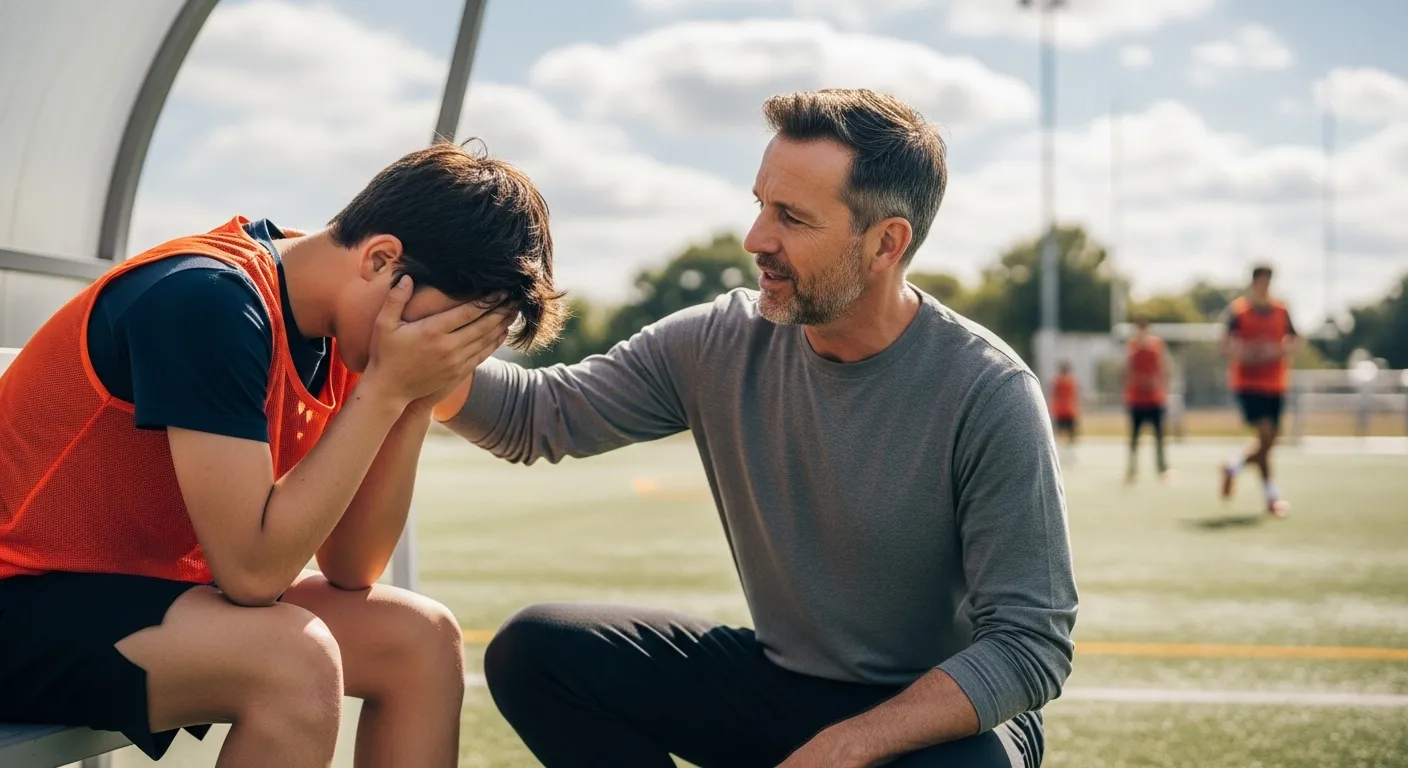What Is Krav Maga? History and Effective Techniques
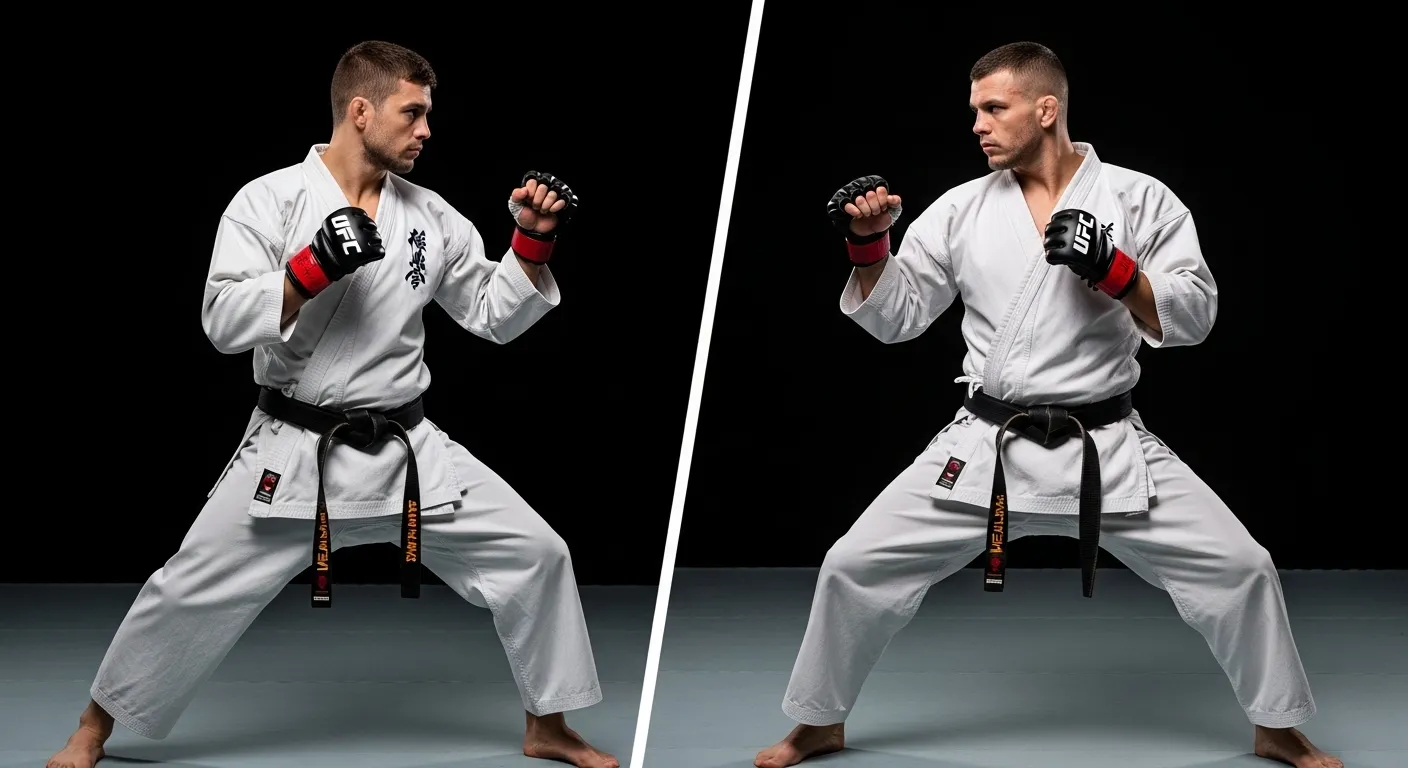
So what is Krav Maga? You’ve probably heard the name tossed around in gyms or in movies where some character fights off bad guys with brutal efficiency. It’s not a traditional martial art. It’s not about showing off forms or earning belts through pretty kicks. Krav Maga is practical. Direct. Made for survival, not sport. That’s where its story begins.
The Origins: Krav Maga History
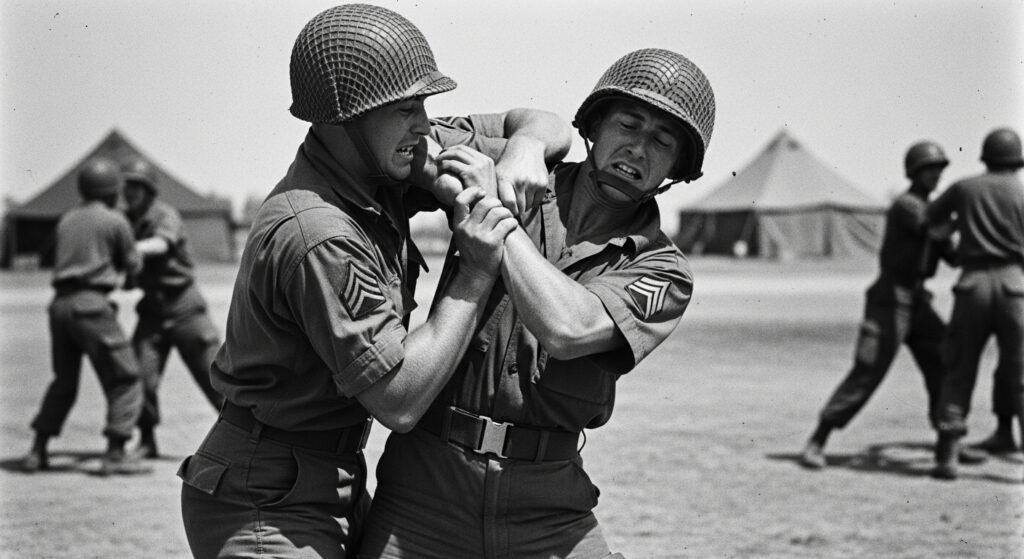
Krav Maga didn’t come from a shiny dojo or a neat little training hall. No padded mats, no rows of uniforms. It was born out on the streets. Back in the 1930s, Imi Lichtenfeld, a Jewish boxer and wrestler from Hungary — started putting together a way to protect his community from violent fascist gangs. He wasn’t chasing style points or fancy moves. He needed stuff that worked. Quick punches that connected. Defenses that actually kept you breathing.
Later, when he moved to Israel, his approach became the foundation of the self-defense system used by the Israeli Defense Forces. That’s where Krav Maga got its identity. A system built not for competition, but survival.
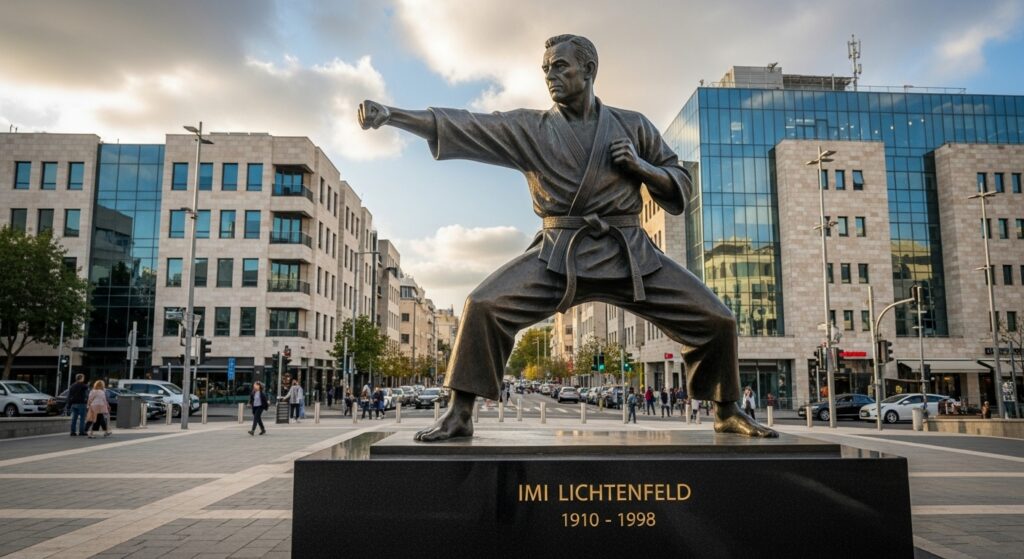
Krav Maga Meaning
The phrase itself means “contact combat” in Hebrew. Which makes sense. It’s about closing distance. Getting control. Ending the threat before it drags on.
There are no fancy poses. No bowing rituals. It strips fighting down to the basics: strike, defend, escape. From day one, Krav Maga focuses on what you’d actually use if someone grabbed you in an alley.
Krav Maga for Beginners
People new to it usually notice how different it feels compared to karate or taekwondo. Day one might involve learning how to break free from a chokehold. Or defending against a punch and countering with something blunt and fast.
It’s less about building perfection over time and more about learning what works now. Beginners don’t need special athleticism. The system was built so regular people could fight back effectively. That’s why it spread fast beyond military use — civilians realized it was accessible.
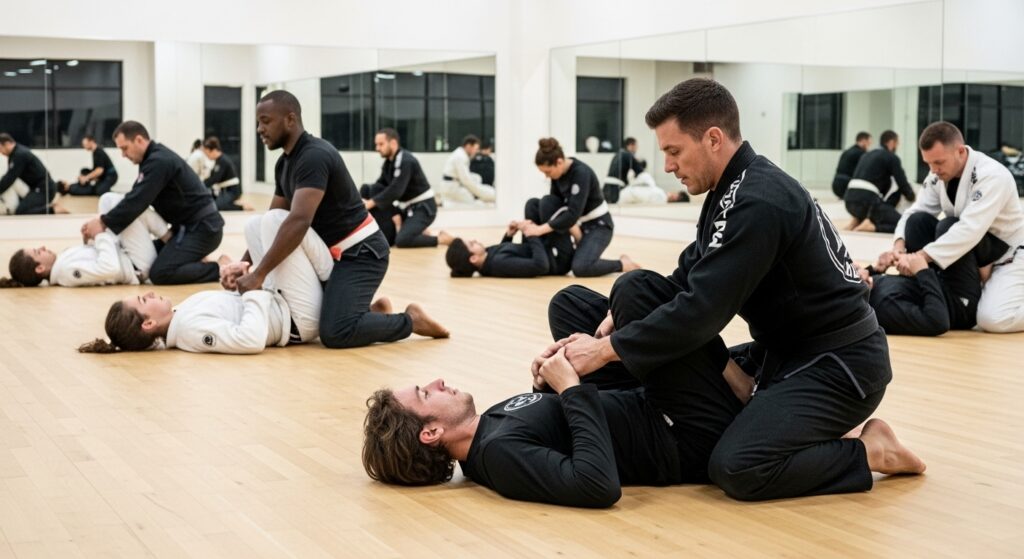
Krav Maga Training Methods
Krav Maga training goes beyond simple drills. Sure, you’ll repeat moves until they stick, but the focus is on real-life situations. Most classes mix in cardio, striking, and pressure drills that feel messy, like an actual fight.
One moment you might be sparring lightly. Next, you’re defending yourself while being pushed from behind or attacked by two people at once. It’s meant to replicate the chaos of a street fight.
Key Features of Training
- Realistic scenarios – mugging, knife threats, bear hugs.
- High-stress drills – loud noise, sudden surprises, multiple attackers.
- Conditioning – you’ll sweat hard, because fights aren’t clean.
It’s not about memorizing forms. It’s about instincts. Making the right move under pressure.
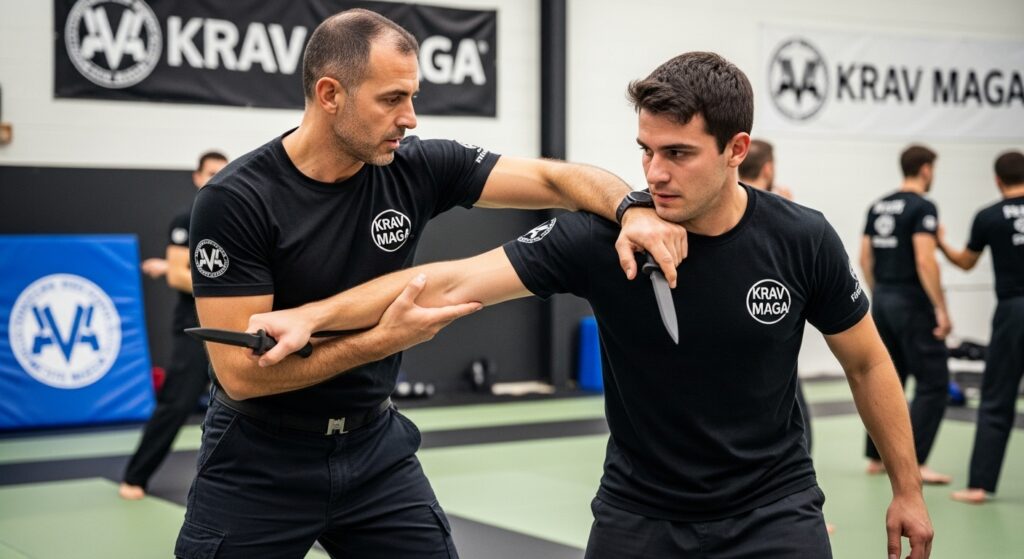
Krav Maga Fighting Style
Calling it a style almost feels off. Krav Maga is more like a collection of answers to violent problems. You’ll see punches, elbows, knees, headbutts. It combines aspects of wrestling, boxing, judo, and even street fighting. The mix isn’t accidental. It’s whatever worked in real fights.
If someone asks “what does Krav Maga fighting look like?” the answer is: short, violent bursts. Not drawn-out exchanges like MMA. The goal isn’t to score points. The goal is to stop the threat quickly, sometimes brutally.
Krav Maga vs Karate
This is a common comparison. Karate is traditional. Rooted in form, discipline, and kata practice. It’s also sport-oriented in many dojos. Krav Maga, by contrast, doesn’t care how your punch looks. It cares if the punch lands hard enough to create an opening to escape.
Comparison Table
| Aspect | Krav Maga | Karate |
|---|---|---|
| Focus | Survival, real-world defense | Discipline, sport, tradition |
| Training | Scenario-based, high stress | Katas, forms, sparring |
| Techniques | Mix of strikes, grappling, weapons defense | Punches, kicks, blocks |
| Goal | End threat fast, escape | Score points or perfect technique |
Neither is “better.” Mostly, it depends on your goals. Karate builds discipline and fitness. Krav Maga builds fast survival skills.
Self-Defense with Krav Maga
This is where Krav Maga really shines the most. Every move is meant to protect you, not to look cool.
Examples of Krav Maga used for Self-Defense
- Deflecting a knife slash while striking the attacker.
- Using a knee strike to disable someone in a choke attempt.
- Breaking free from a bear hug.
It also teaches awareness. Avoiding threats if you can. Spotting danger early. Krav Maga stresses that survival isn’t about winning fights. It’s about going home safe.
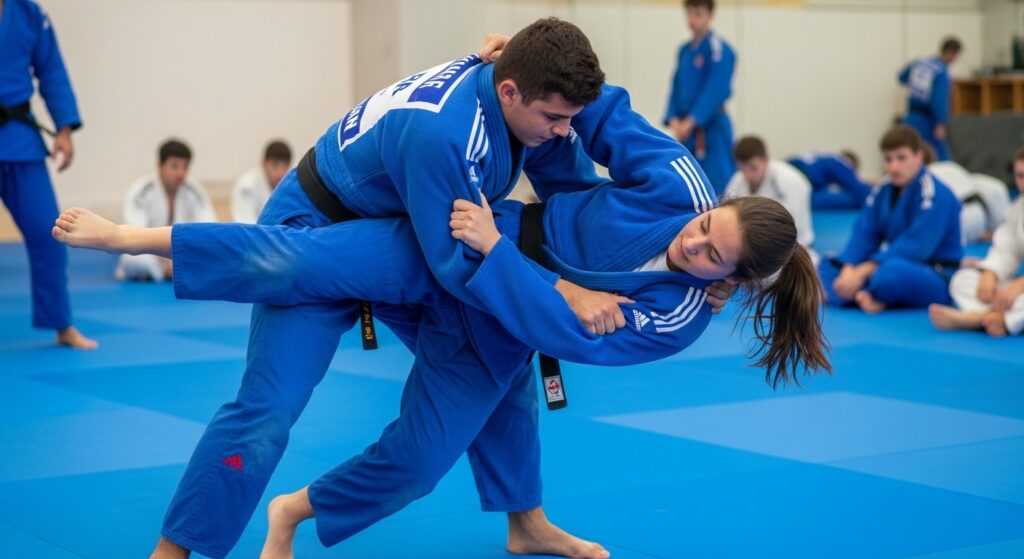
Krav Maga Training for Civilians vs Military
Military training is harsher. Soldiers are drilled to handle extreme combat and weapon threats. Civilians get a stripped-down version. But the roots are the same. Both train speed, aggression, and practical moves.
Some gyms even make Krav Maga easier for kids and teens by focusing on awareness instead of violent counters. That shows how flexible the system is.
How to Learn Krav Maga
You can’t really learn it through books or YouTube alone. Videos can show basics, sure. But the whole point of Krav Maga is training under stress, in real time. That means classes. Instructors yelling. Partners coming at you with simulated knives or bats.
Tips for Starting Out
- Look for certified Krav Maga gyms.
- Try a beginner intro class.
- You don’t have to worry about how fit you are right now; you’ll get stronger as you go.
It’s not simple, but it’s also not just for athletes.
Key Techniques in Krav Maga
You don’t need a massive catalog to be effective. A few core techniques cover most real scenarios.
Common Techniques
- Straight punches (fast, direct)
- Elbows (close range)
- Knees (against grabs)
- Choke defenses
- Bear hug escapes
- Weapon disarms (knife, stick, sometimes gun)
Why Krav Maga Became Popular
Movies helped. Action heroes made it look flashy, even though the real thing is messy. But the main reason is people wanted something practical. Not everyone has years to dedicate to martial arts. Krav Maga promises effectiveness in months. That drew in cops, security workers, and regular folks who wanted to feel safer.
It is also driven by the community. Empowerment is emphasized in many gyms. Sweaty and exhausted, students depart with the assurance that they could defend themselves if necessary.
FAQs
Q1: What is the purpose of Krav Maga?
The primary purpose is self-defense. Originally for the military, it is now taught to civilians all over the world.
Q2: Is Krav Maga hard to learn?
Not really. In contrast to many other martial arts, it is physically demanding, but the techniques are straightforward.
Q3: Is it possible to learn Krav Maga at home?
You can pick up the basics from videos, but the real stuff only clicks when you’re in a class, working with an instructor and a partner
Q4: How much time does it take to master Krav Maga?
Most people learn the basics in a few months of training. Like any other discipline, developing advanced skills takes years.
Q5: Is Krav Maga effective against weapons?
It teaches weapon defense, but no system guarantees safety. The focus is on surviving and escaping.
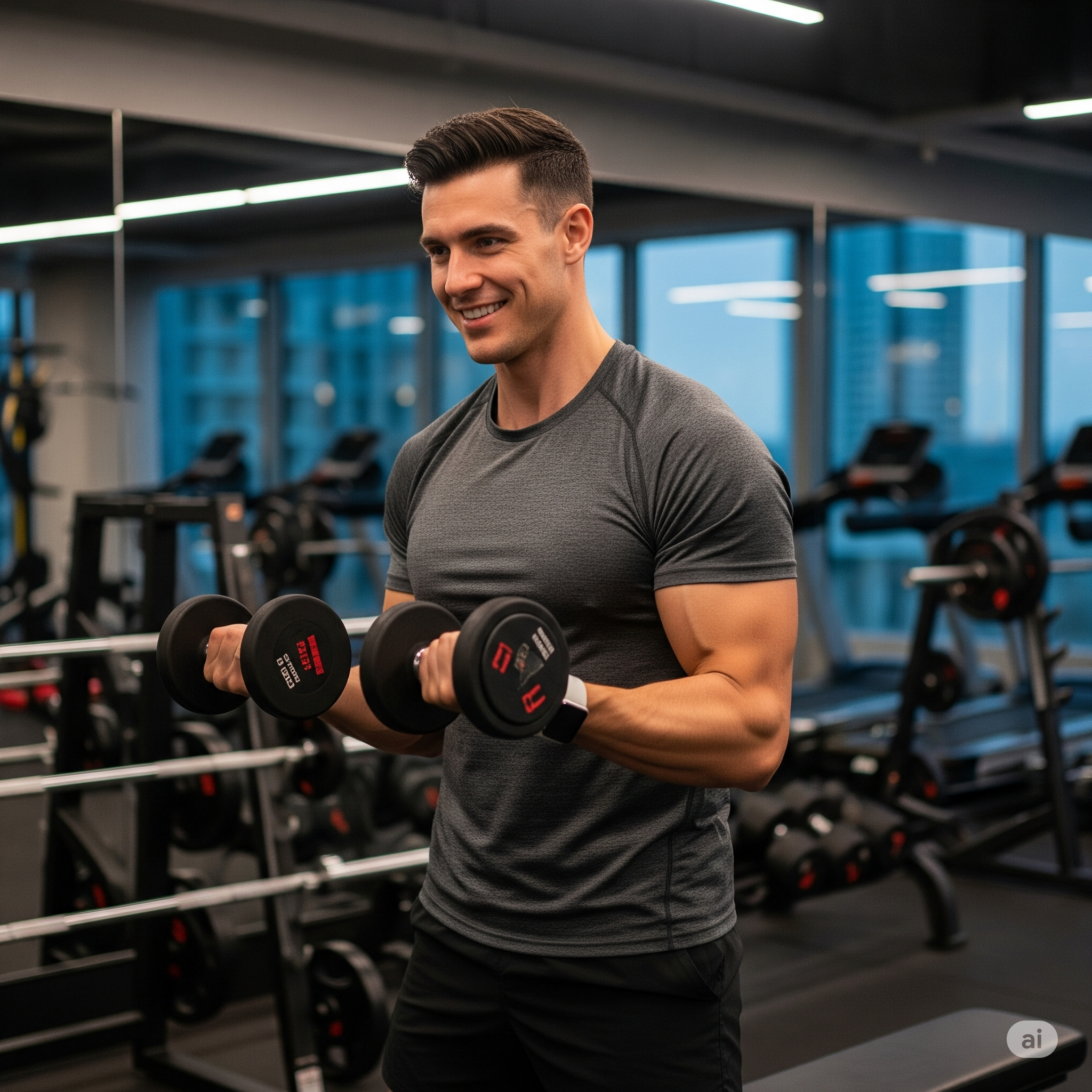
I’m Benjamin Clark, dedicated to elevating your athletic performance. Get targeted fitness plans, injury prevention techniques, sports psychology insights, and the latest in nutrition. Let’s train smarter.

